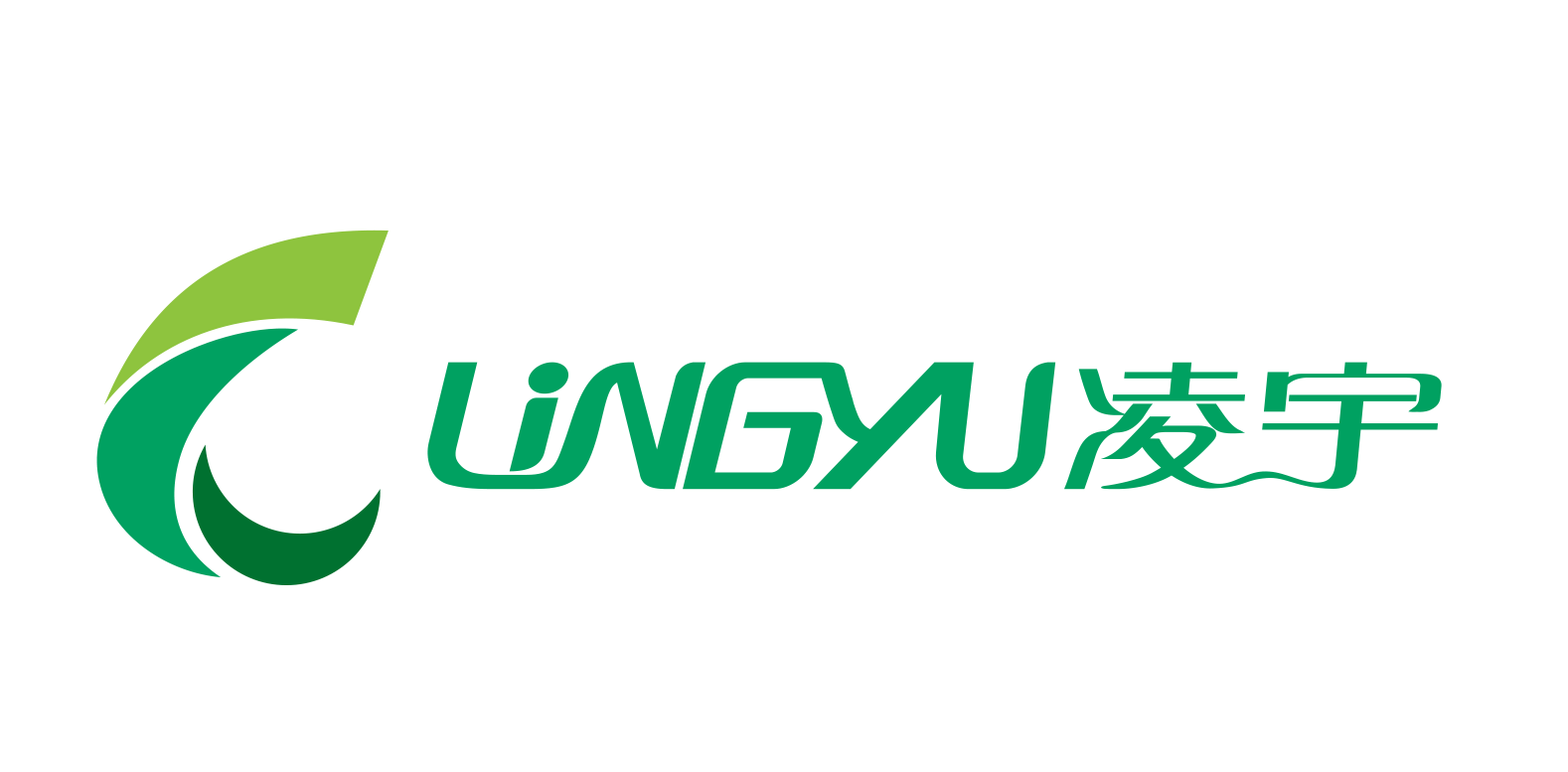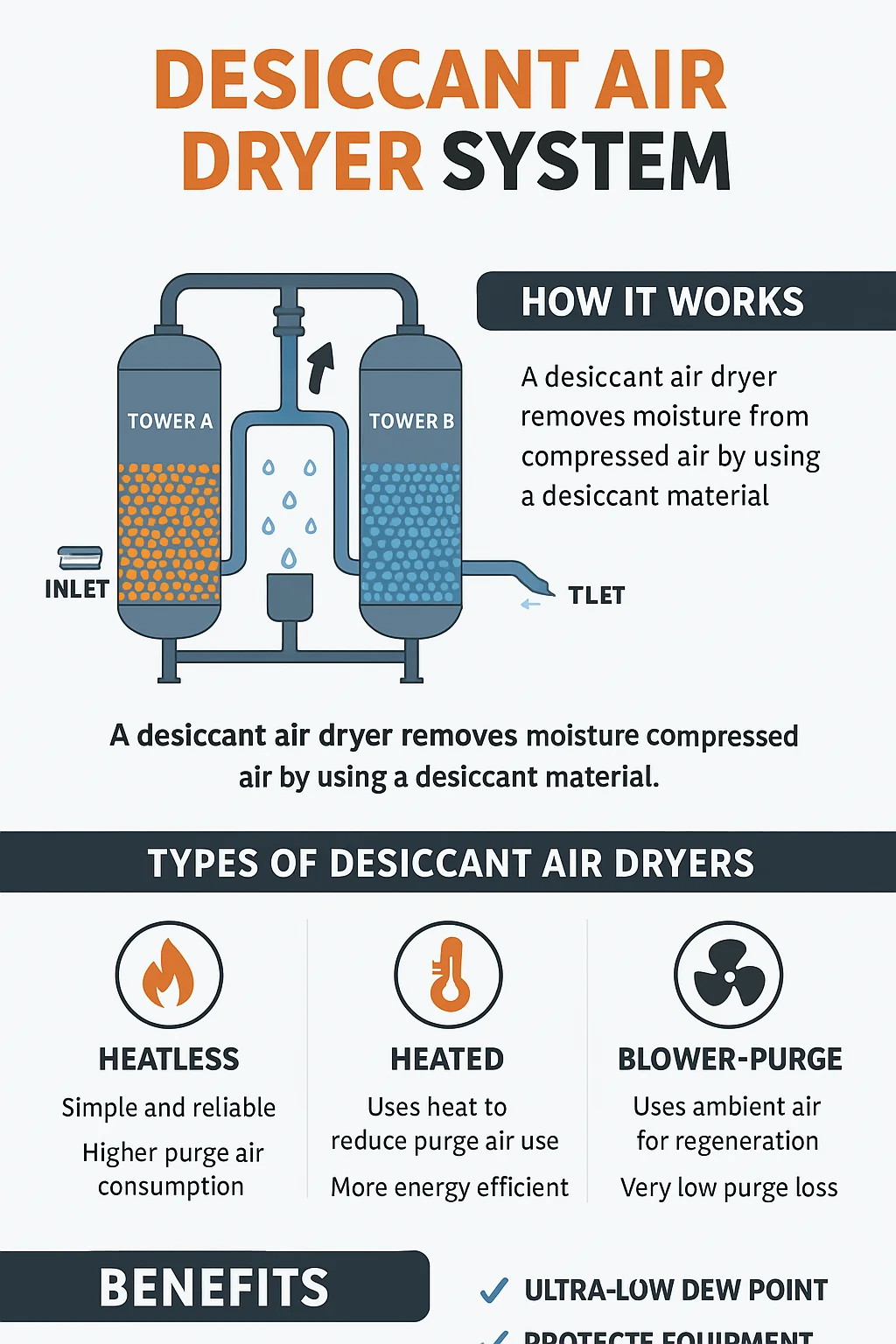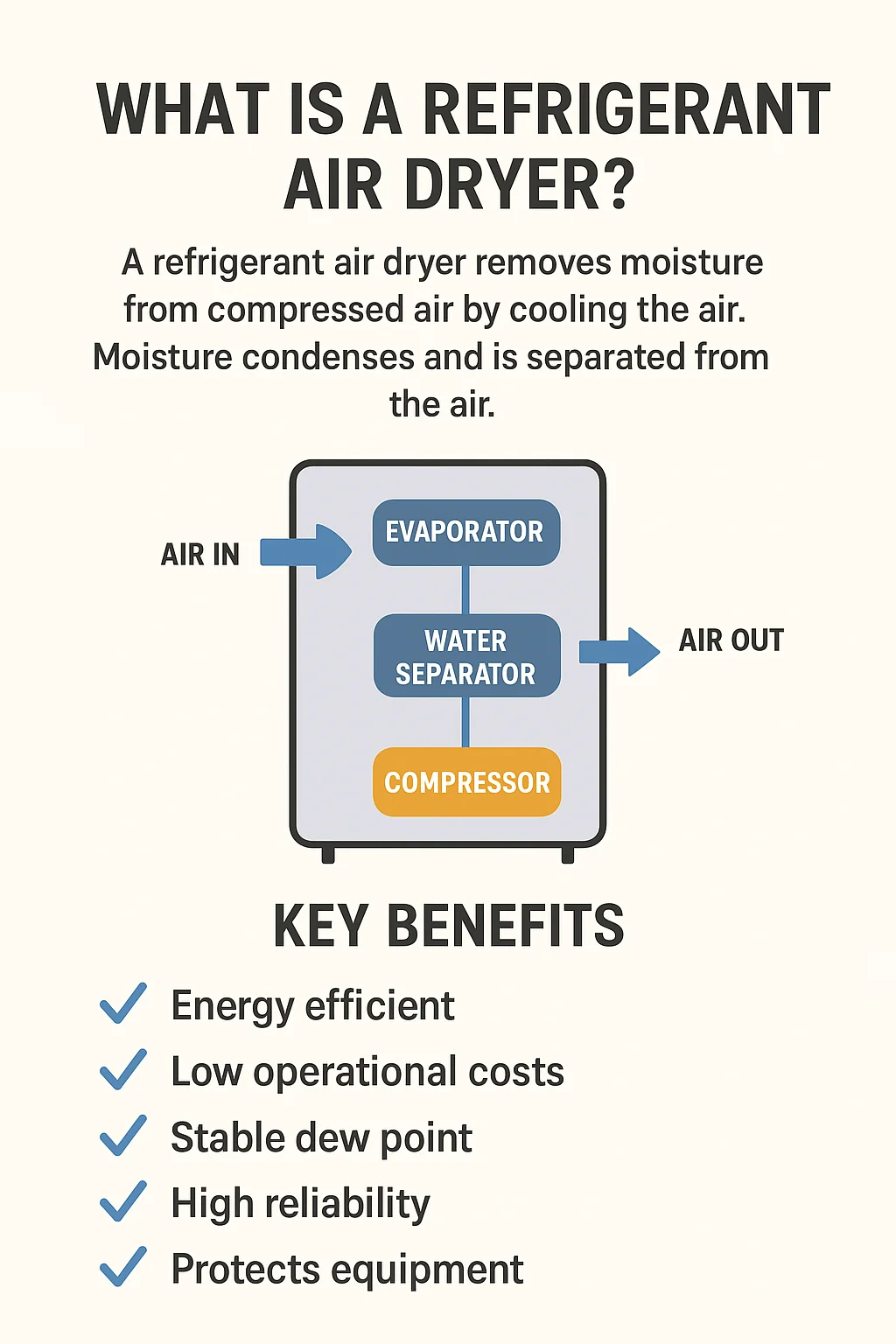In industrial compressed air systems, maintaining dry, high-quality air is critical—especially for centrifugal compressors and oil-free screw compressors. For these applications, the compression heat regenerative adsorption dryer often appears as the most energy-efficient choice, particularly when the inlet air temperature exceeds 110 °C. However, there are several misunderstandings about its performance, especially regarding pressure dew point stability.
This guide addresses common myths, explains real operating conditions, and provides insights to help you select the right dryer for your needs.
Understanding the Compression Heat Regenerative Adsorption Dryer
The compression heat regenerative adsorption dryer uses the heat generated during air compression to regenerate the desiccant material without consuming additional purge air—often marketed as a “zero purge loss” solution.
It is most effective when:
The inlet compressed air temperature is consistently above 110 °C.
The application can tolerate dew points around –20 °C to –40 °C depending on the regeneration process.
Common Misconceptions About Pressure Dew Point
Myth 1: It Always Maintains –40 °C Dew Point
In reality, the ability of a compression heat regenerative adsorption dryer to consistently achieve a –40 °C pressure dew point depends heavily on inlet temperature, cooling water temperature, and regeneration cycle control.
When the inlet air temperature is below 110 °C and the unit uses a fixed-cycle control system, the dew point typically cannot go lower than –20 °C. This is because:
Regeneration occurs at near-line pressure (around 0.7 MPa).
If regeneration gas temperature is below 170 °C, not all water vapor is removed before it condenses back into the desiccant bed.
Myth 2: Long Fixed Cycles Are Better
Some manufacturers claim their compression heat regenerative adsorption dryers can run 4+ hour adsorption cycles without auxiliary heating while still achieving –40 °C dew points.
However, extended cycles often cause residual moisture buildup in the tower because the regeneration heat is insufficient to fully drive out the water vapor—especially when cooling water temperatures exceed 30 °C.
Why Actual Performance May Vary
The compression heat regenerative adsorption dryer operates on an isobaric regeneration process. At high inlet pressure, the water vapor partial pressure is low, helping initial desorption. However, if regeneration heat is inadequate, some vapor will condense back into liquid form within the tower, reducing both adsorption capacity and dew point performance.
In practical operation:
Inlet air ≥120 °C + cooling water ≤30 °C: Dew point near –40 °C is achievable with shorter cycles (~2 hours).
Inlet air <110 °C: Energy recovery is reduced, dew point rises, and cycle efficiency drops significantly.
Proven Solutions
Manufacturers like Zhongshan Lingyu have developed temperature-controlled switching for double-tower systems, ensuring optimal regeneration by:
Monitoring regeneration exhaust temperature.
Switching towers promptly to prevent desiccant saturation.
Utilizing the full energy of the compressed air for heating and cooling.
Shortening adsorption cycles to about 2 hours under ideal conditions.
This controlled approach ensures consistent –40 °C dew points when operating parameters are within the required range.
Key Advantages of Compression Heat Regenerative Adsorption Dryer
Zero or minimal purge loss for energy savings.
Ideal for oil-free and centrifugal compressor applications.
Reduced operating cost compared to conventional heatless dryers when inlet temperature is high.
Environmentally friendly—less wasted compressed air.
Limitations to Consider
Requires high inlet air temperature to maximize energy recovery.
Dew point performance drops when cooling water temperature is high.
Extended fixed cycles without auxiliary heating can cause moisture carryover.
Less effective in applications with fluctuating compressor outlet temperatures.
FAQ: Compression Heat Regenerative Adsorption Dryer
Can this dryer always achieve –40 °C dew point?
Not always. Consistent –40 °C dew point requires inlet temperatures above 120 °C, cooling water below 30 °C, and optimized cycle control.
Is it better than a micro-heat adsorption dryer?
Only when operating conditions are ideal. If inlet temperature drops significantly, a micro-heat or low-purge dryer may be more efficient.
Why does cycle time matter?
Shorter cycles prevent desiccant saturation and improve dew point stability. Long cycles without extra heat can reduce performance.
Does it really save energy?
Yes—when the conditions are right. It reuses compression heat, reducing or eliminating the need for purge air.
Can it work with variable air temperatures?
It can, but dew point stability may suffer if inlet temperature is inconsistent.
Conclusion
The compression heat regenerative adsorption dryer is a highly efficient solution only under the right operating parameters. Misunderstanding its limitations can lead to poor dew point performance and reduced energy savings.
When properly applied—with high inlet temperatures, controlled cooling, and optimized cycle switching—it delivers reliable –40 °C dew points and true zero-purge energy savings.
For industrial users seeking dry, high-purity compressed air while keeping operating costs low, it remains an excellent choice—provided you match the machine to the conditions.







